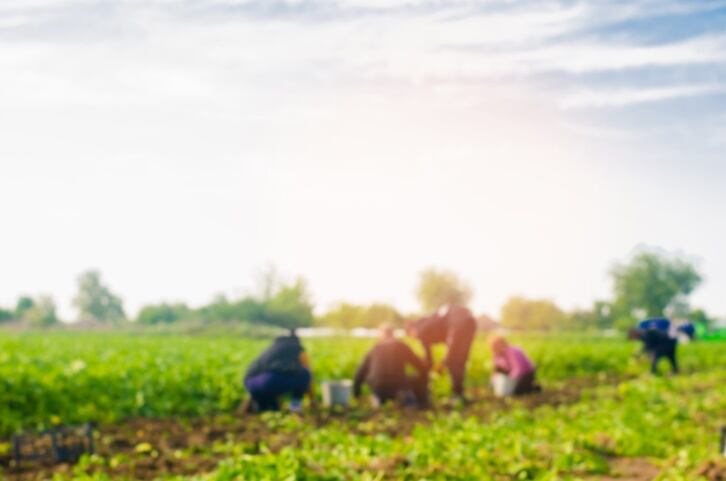Sales of organic products rose 6.3% to $52 billion in 2018 with much of the incremental growth coming from households that fairly represent the broader US population in terms of gender, race and ethnicity, but the larger picture of who uses organic is less diverse, according to MaryEllen Molyneaux, president of the research group NMI.
She explained to attendees at the Organic Trade Association’s Policy Conference in Washington, DC, late last month that “devoted” consumers who buy always buy organic and the “temperates” who mostly buy organic tend to come from households with higher incomes, with children under the age of 18 and that are headed by younger shoppers. She also noted that organic shoppers overindex among Hispanics – all of which is “good news.”
The “bad news,” however, is that most younger millennials and gen Z shoppers as well as Hispanics who buy organic regularly are not “devoted,” but rather “temparates,” meaning they aspire to buy organic but can’t always afford it or access it.
In addition, she noted that only 24% of organic users have an annual household income of less than $35,000 – “something we need to consider as we talk about availability and certainly pricing as well as other issues.”
The other “big concern” is that consumers 50 years and older significantly underindex as organic buyers, prompting Molyneaux to ask: “Why would it be that those who were really involved with this industry now underindex? We are missing an opportunity.”
A complicated problem
The grim answer to this question, as well as why people of color and lower incomes are less likely to buy organic is multifaceted and, therefore, one that players up and down the supply chain must address together, Molyneaux said.
She suggested one major reason that “devoted” organic shoppers are not more diverse is because, in general, current marketing does not target Asian, black and other traditionally underrepresented groups.
Blogger and CEO of ShiftCon Ari Adams suggested that one way to win over a more diverse shopper base is to work with bloggers an influencers from diverse backgrounds rather than relying on traditional marketing.
“People know what to expect from a traditional advertisement and they know how to tune it out very easily. But seeing somebody or following the journey online of someone who looks like them, has similar goals, similar dreams and so on” is more relatable and can make buying organic seem more accessible, she said.
Similarly, Molyneaux suggested older consumers may be falling away from organic because they too do not have the full attention of marketers.
She explained currently marketers tend to focus more heavily on the “future” – millennials and generation Z – a decision that has alienated older shoppers who tend to have more disposable income
Restricted access limit sales
Another contributing factor limiting the diversity of organic shoppers is limited access, suggested Adams.
She expressed frustration with her Congressional representative’s suggestion that people in food deserts, which tend to be dominated by people of color and those with lower incomes, did not prioritize organic.
She complained that her Congressional representative told her at a meeting at Capitol Hill earlier in the week that their constituents are “more concerned with just eating and not caring so much if it is organic or not.”
However, Adams countered that yes, people in food deserts in the county where she lives in want access to food, but they don’t want just any food – they want healthy food and the option to buy organic.
In other words, she said, organic needs to be available everywhere – not just in the zip codes and retailers that have historically offered it.
Organic integration
A third barrier that could limit the scope of organic shopper is the segregation of organic and conventional products in retail stores, said Alice Rolls, president and CEO of the co-op Georgia Organics.
She explained that more people would be exposed to organic products if they sat side by side on store shelves with their conventional counterparts.
Molyneaux agreed, noting that NMI’s research shows shoppers deliberately avoiding the organic aisle completely because they believe it will be too expensive. Adams echoed this observation, noting that if the items were next to each shoppers could more easily understand the extent of the price difference and decide if the cost for the value was worth it to them or out of reach.
She noted that all of these challenges could be easily addressed if stakeholders make a conscious effort to reach more diverse consumers.
“You can talk the talk, but you also need to walk the walk,” she concluded.

